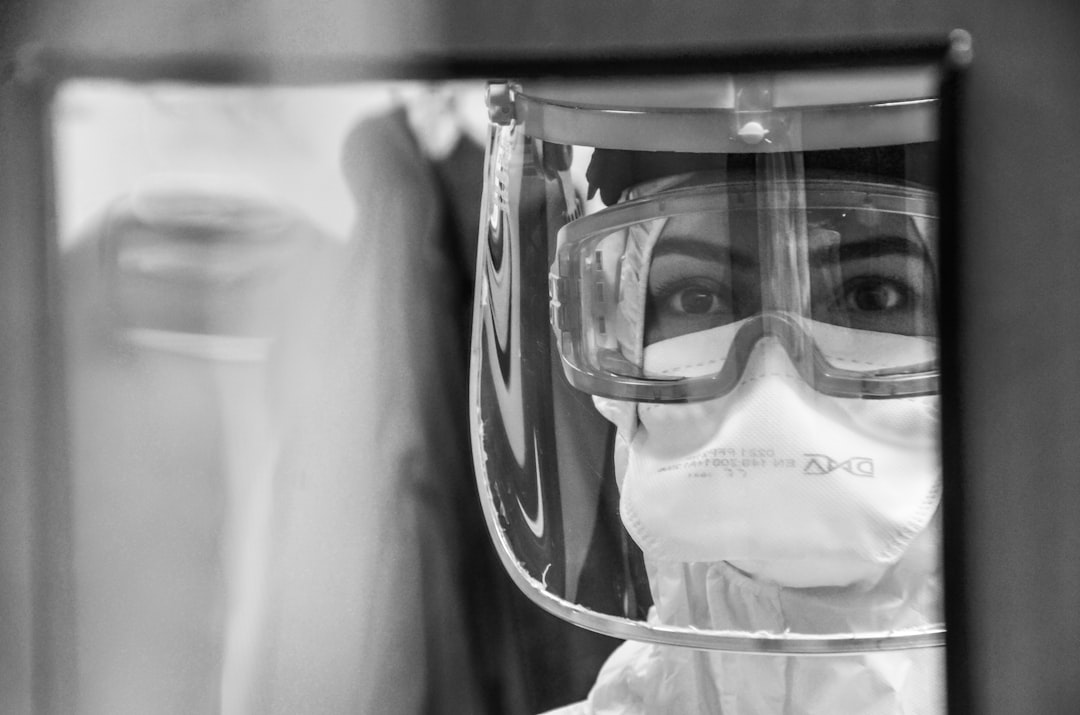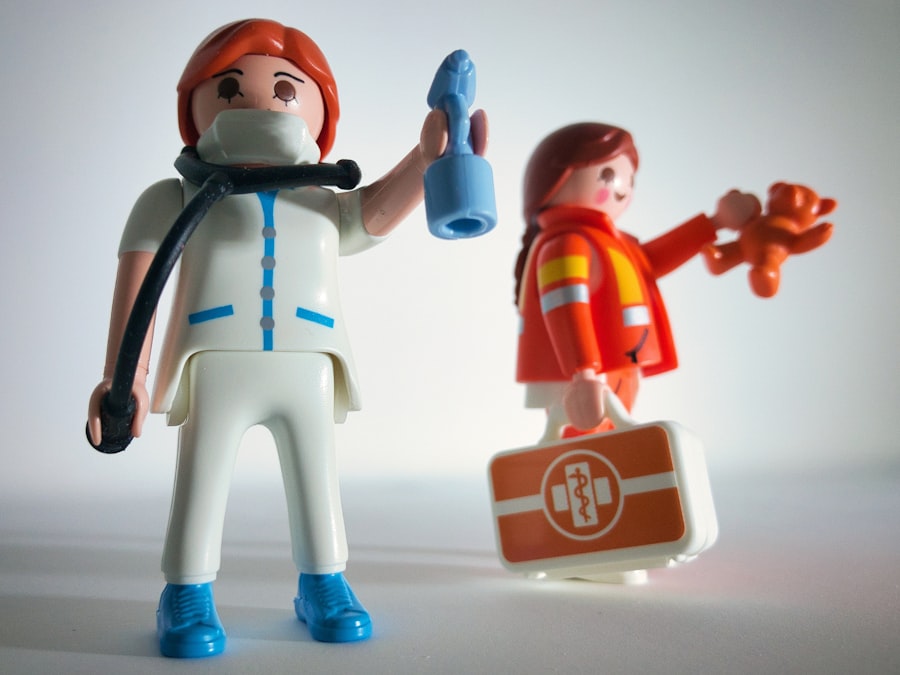
The Role of Nurses in Patient Education
Patient education is a cornerstone of effective healthcare delivery, serving as a bridge between medical knowledge and patient understanding.
When patients are well-informed about their conditions, treatment options, and self-care strategies, they are more likely to adhere to prescribed regimens, leading to improved health outcomes.
For instance, studies have shown that patients who receive comprehensive education about diabetes management are better equipped to control their blood sugar levels, reducing the risk of complications such as neuropathy and cardiovascular disease. Moreover, patient education plays a critical role in enhancing the overall patient experience. In an era where healthcare systems are increasingly focused on patient-centered care, the ability to communicate effectively with patients about their health is paramount.
Educated patients tend to report higher satisfaction levels, as they feel more engaged and valued in the decision-making process regarding their care. This engagement not only improves compliance but also fosters a therapeutic relationship between healthcare providers and patients, which is essential for effective treatment and recovery.
Key Takeaways
- Patient education is crucial for empowering individuals to take control of their health and make informed decisions about their care.
- Nurses play a vital role in patient education by providing information, support, and resources to help patients understand their conditions and treatment options.
- Effective patient education strategies include using clear and simple language, providing visual aids, and encouraging active participation from patients.
- Assessing patient learning needs involves understanding their individual preferences, literacy levels, and cultural background to tailor education plans accordingly.
- Communication with patients should be open, respectful, and empathetic, and should involve active listening to address their concerns and questions.
The Role of Nurses in Patient Education
Personalized Education and Support
Nurses possess a deep understanding of medical conditions, treatment protocols, and the psychosocial aspects of patient care, enabling them to convey complex information in an accessible manner. For example, a nurse working with a post-operative patient can explain the importance of wound care and pain management while addressing any concerns the patient may have about recovery.
Assessing Readiness to Learn
In addition to imparting knowledge, nurses also play a vital role in assessing patients’ readiness to learn. They can identify barriers to understanding, such as language differences or cognitive impairments, and adapt their teaching strategies accordingly.
Fostering an Environment of Trust and Open Communication
By fostering an environment of trust and open communication, nurses can encourage patients to ask questions and express their concerns, which is crucial for effective learning. This holistic approach not only enhances the educational experience but also contributes to better health outcomes by ensuring that patients feel supported throughout their healthcare journey.
Strategies for Effective Patient Education

Implementing effective patient education requires a multifaceted approach that considers various learning styles and preferences. One successful strategy is the use of teach-back methods, where healthcare providers ask patients to repeat information in their own words. This technique not only reinforces learning but also allows providers to identify any gaps in understanding.
For instance, after explaining medication instructions, a nurse might ask the patient to describe how and when they will take their medications, ensuring clarity and retention. Another effective strategy involves the use of visual aids and written materials. Many patients benefit from having information presented in multiple formats, such as brochures, diagrams, or videos.
These resources can help clarify complex concepts and serve as reference materials for patients after their appointments. For example, a video demonstrating proper inhaler technique can be invaluable for patients with asthma, allowing them to visualize the steps involved in effective medication delivery. By combining various educational tools, healthcare providers can cater to diverse learning preferences and enhance overall comprehension.
Assessing Patient Learning Needs
| Metrics | Value |
|---|---|
| Number of patients assessed | 150 |
| Common learning needs identified | Medication management, diet and exercise |
| Percentage of patients requiring additional support | 30% |
Understanding the specific learning needs of patients is essential for tailoring educational interventions effectively. This assessment process begins with gathering information about the patient’s medical history, current health status, and personal circumstances. Factors such as age, cultural background, literacy levels, and previous experiences with healthcare can significantly influence how a patient processes information.
For instance, older adults may require more time to absorb new information compared to younger individuals who may be more familiar with technology. In addition to demographic factors, healthcare providers should also consider the patient’s emotional state and readiness to learn. A patient facing a new diagnosis may experience anxiety or denial, which can hinder their ability to engage with educational materials.
Conducting open-ended interviews or using validated assessment tools can help identify these emotional barriers. By recognizing these factors early on, healthcare providers can adapt their teaching methods and create a supportive environment that encourages learning and fosters resilience.
Communicating with Patients
Effective communication is fundamental to successful patient education. Healthcare providers must strive to create an atmosphere where patients feel comfortable discussing their concerns and asking questions. This involves not only verbal communication but also non-verbal cues such as body language and eye contact.
For instance, maintaining an open posture and using encouraging gestures can help put patients at ease during discussions about sensitive topics like chronic illness or end-of-life care. Moreover, using plain language is crucial when conveying medical information. Jargon or overly technical terms can alienate patients and lead to misunderstandings.
Instead, healthcare providers should aim to simplify complex concepts without compromising accuracy. For example, rather than saying “hypertension,” a provider might refer to it as “high blood pressure,” which is more relatable for most patients. Additionally, active listening is essential; providers should encourage patients to express their thoughts and feelings while validating their experiences.
This two-way communication fosters trust and enhances the educational process.
Using Technology in Patient Education

The integration of technology into patient education has revolutionized how information is disseminated and accessed.
These tools empower patients by giving them control over their health information and facilitating ongoing education outside of clinical settings.
For instance, a patient managing a chronic condition can log into a portal to review educational videos on lifestyle modifications that complement their treatment plan. Mobile applications also play a significant role in enhancing patient education. Many apps are designed specifically for chronic disease management, offering features such as medication reminders, symptom tracking, and access to educational resources tailored to individual conditions.
For example, diabetes management apps can provide users with meal planning tools and blood sugar tracking capabilities while offering educational content about nutrition and exercise. By leveraging technology in this way, healthcare providers can engage patients more effectively and promote self-management skills that lead to better health outcomes.
Evaluating the Effectiveness of Patient Education
To ensure that patient education efforts are yielding positive results, it is essential to evaluate their effectiveness systematically. This evaluation process can involve both qualitative and quantitative measures. Surveys and questionnaires can be employed to assess patient satisfaction with educational interventions and gauge their understanding of key concepts.
For instance, after a series of educational sessions on heart health, patients might be asked to complete a survey evaluating their knowledge of dietary changes or exercise recommendations. Additionally, healthcare providers should monitor clinical outcomes related to patient education initiatives. Tracking metrics such as medication adherence rates, hospital readmission rates, or improvements in disease management can provide valuable insights into the impact of educational efforts on patient health.
For example, if a significant number of patients with hypertension show improved blood pressure control following targeted education on lifestyle changes, this would indicate that the educational strategies employed were effective. Continuous evaluation allows for ongoing refinement of educational approaches based on feedback and outcomes.
Collaborating with Interdisciplinary Team Members
Collaboration among interdisciplinary team members is vital for delivering comprehensive patient education. Each member of the healthcare team brings unique expertise that can enhance the educational experience for patients. For instance, while nurses may focus on practical self-care techniques, dietitians can provide specialized knowledge about nutrition that complements medical advice.
By working together, these professionals can create a cohesive educational plan that addresses all aspects of a patient’s care. Regular team meetings and case discussions can facilitate this collaboration by allowing team members to share insights about individual patients’ needs and progress. For example, if a nurse identifies that a patient struggles with dietary changes due to cultural preferences, they can collaborate with a dietitian who understands these nuances to develop culturally appropriate meal plans.
This interdisciplinary approach not only enriches the educational content provided but also ensures that patients receive consistent messaging from all members of their care team, ultimately leading to better adherence and improved health outcomes.
FAQs
What is the role of a nurse in education?
Nurses play a crucial role in educating patients, families, and communities about health promotion, disease prevention, and management of chronic conditions. They provide information, support, and resources to help individuals make informed decisions about their health.
What are the key responsibilities of a nurse in patient education?
Nurses are responsible for assessing the learning needs of patients, developing individualized education plans, providing clear and accurate information, and evaluating the effectiveness of the education provided. They also collaborate with other healthcare professionals to ensure continuity of care.
How does nurse education contribute to improving patient outcomes?
By educating patients about their health conditions, medications, and self-care practices, nurses empower individuals to take an active role in managing their health. This can lead to better adherence to treatment plans, reduced hospital readmissions, and improved overall health outcomes.
What are some of the topics that nurses educate patients about?
Nurses educate patients about a wide range of topics, including medication management, nutrition, exercise, symptom recognition, self-monitoring, wound care, and lifestyle modifications. They also provide information about community resources and support services.
What are the essential skills for nurses in patient education?
Effective communication, empathy, cultural competence, and the ability to simplify complex medical information are essential skills for nurses in patient education. They must also be able to assess learning needs, tailor education to individual preferences, and use various teaching methods.



